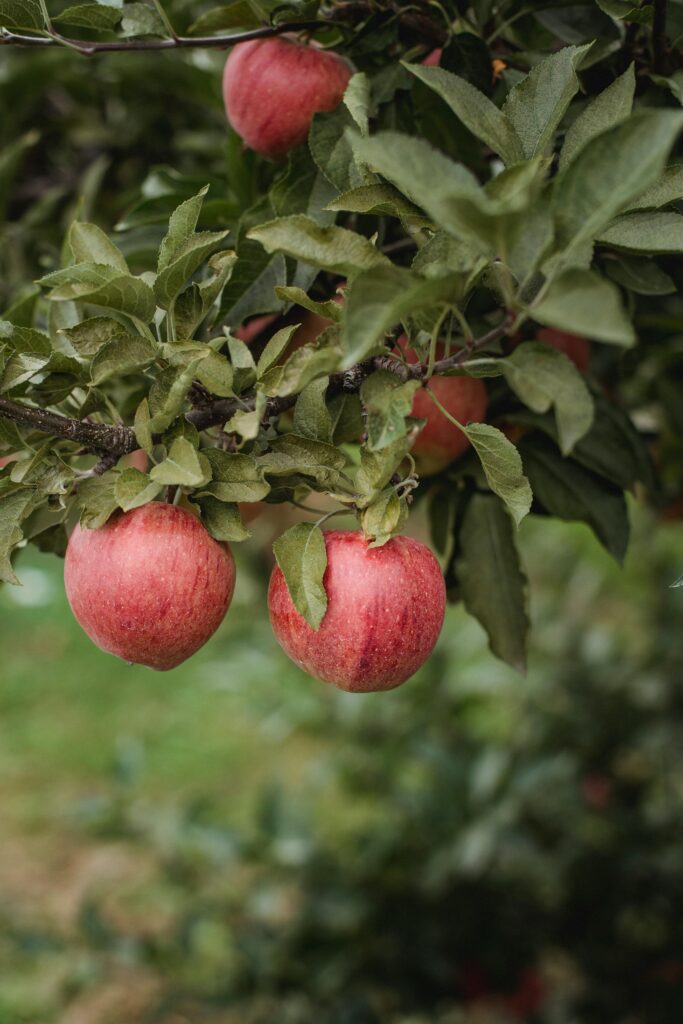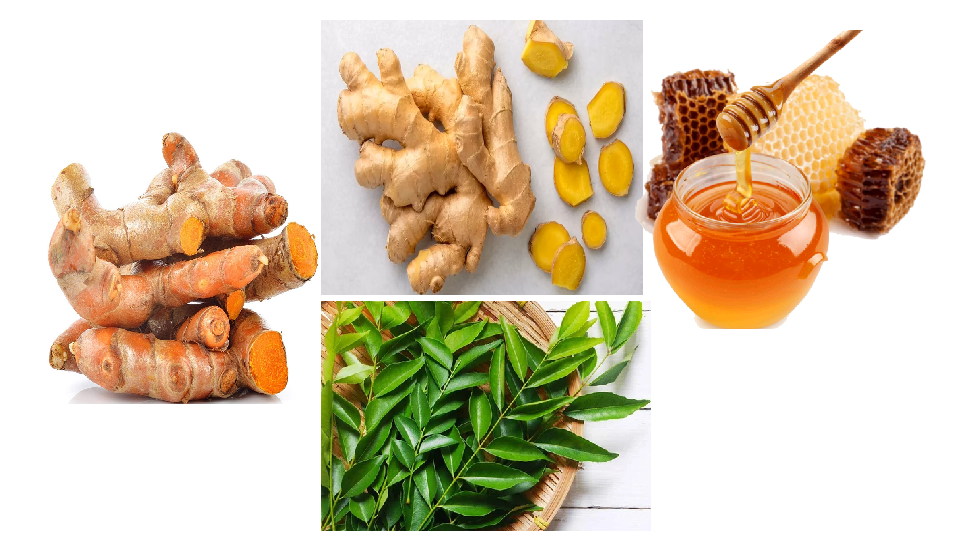🌎 How to Eat Healthy and Save the Planet—At the Same Time
Have you ever thought about how what’s on your plate affects more than just your waistline? I didn’t—at least not until a documentary about climate change stopped me in my tracks.
That night, I looked at my dinner—chicken curry, white rice, and packaged sweets—and wondered: What is this doing to the planet?
Since then, my journey toward eating for both health and sustainability has completely changed my relationship with food. And the best part? It hasn’t been hard. It’s been empowering.
Let me share with you the practical steps I’ve taken to eat healthier while also reducing my environmental footprint. These changes are simple, effective, and totally doable—even for busy people like us.
🥦 1. Go Plant-Forward (Not Necessarily Plant-Only)
You don’t have to go full vegan. Simply eating more plants and fewer animal products significantly reduces greenhouse gas emissions and water usage.
My shift: I began with “Meatless Mondays,” and now, 4–5 days a week, my meals are fully plant-based. I feel lighter, my digestion is better, and I’m contributing to a greener planet.
🛒 2. Shop Local and Seasonal
Fruits flown in from halfway around the world aren’t just pricey—they’re environmentally costly. Eating seasonal, locally grown food reduces transport emissions and supports nearby farmers.
Real moment: The day I switched from imported apples to local guavas, I realized the taste of freshness truly is unbeatable—and cheaper too!
🥣 3. Choose Whole Foods Over Packaged Ones
Processed, packaged foods aren’t just bad for your health—they also produce tons of waste. Opt for whole foods like lentils, nuts, grains, and fresh produce.
Tip from my life: I now carry a cloth bag and visit a local grain store where I can buy lentils and rice without plastic packaging. Bonus? It’s also more affordable in bulk.
🥤 4. Cut Food Waste
One-third of food produced globally is wasted. Plan meals, store food properly, and compost what you don’t use. You’ll eat fresher and save money too.
What worked for me: Making a weekly meal chart and freezing leftovers. It stopped me from overbuying and tossing unused food—plus, reheating saved time on busy days.
🐟 5. Choose Ethical Protein Sources
If you still eat meat or fish, choose responsibly sourced options—like free-range eggs, sustainably caught fish, or organic chicken.
Lesson learned: I reduced red meat to once a week and replaced it with legumes or paneer. Not only did I feel more energized, but my grocery bill dropped too.
🚰 6. Say No to Bottled Drinks
Sugary drinks and bottled water create a mountain of plastic waste. Switch to a reusable water bottle and drink herbal teas, infused water, or lemon water instead.
Personal change: Carrying my own bottle helped me stay hydrated and reduced my dependency on sugary sodas that left me feeling sluggish.
🌳 7. Grow a Bit of Your Own
Even if you don’t have a garden, growing herbs on your windowsill or greens in a pot is deeply satisfying and eco-conscious.
My proudest moment: Harvesting mint and tulsi from my tiny balcony garden to brew morning tea. It felt like nurturing health with my own hands.
🌟 Final Thoughts
Eating healthy and saving the planet isn’t about being perfect. It’s about making mindful choices—one meal, one grocery trip, one small habit at a time.
Since I made these changes, not only have I felt physically better, but I also experience a deep emotional satisfaction knowing I’m doing my bit for the earth my daughter will inherit.
Let’s eat not just to live—but to heal the planet, nourish our bodies, and inspire our families.



